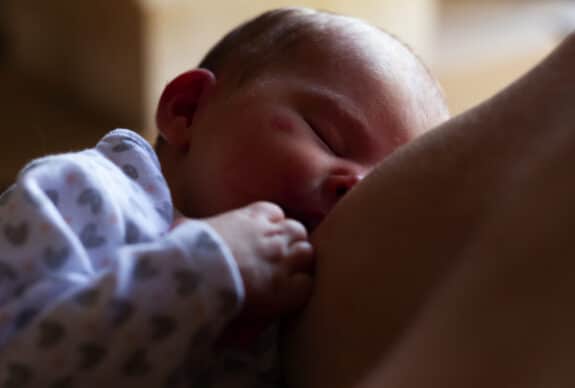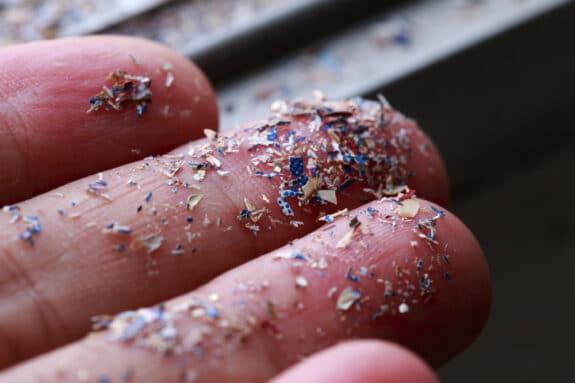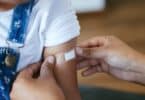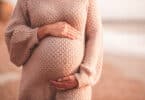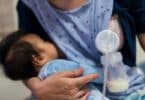There is no denying that the increase in plastics in our world has an effect on every level of our health.
And while breastmilk is lauded as the best you can offer to your baby as they grow, it has now been revealed that contaminants you may not even know you have ingested can be passed along to your baby. A new small study has concerned researchers after microplastics were detected in human breast milk for the first time.
By definition, microplastics are plastic pieces that measure less than five millimeters across. They are present in a large number of consumer and commercial products like cosmetics, detergents, paints, medicines, diapers, and pesticides. As huge amounts of plastic waste are dumped in the environment, microplastics contaminate the entire planet as they break down from larger pieces of plastic.
What makes microplastics different from plastic chemicals?
The presence of microplastics means the actual plastic, as tiny as it is, is in your food and water as well as the air you breathe in. Humans are exposed to plastic chemicals through the use of products that are made from phthalates like single-use plastics like:
- self-care products, such as:
- cosmetics
- non-prescription drugs
- natural health products
- construction and renovation products, such as:
- building materials
- lubricants and greases
- paints and coatings
- adhesives and sealants
- fabrics and textiles
- electrical items and electronics
- children’s toys and child care articles
Microplastics will also release plastic chemicals into your system as well.
For their study, researchers looked at breast milk samples taken from 34 healthy mothers, a week after giving birth in Rome, Italy. The breast milk samples were collected, stored, and analyzed without the use of plastics, and control samples were also processed to rule out contamination. Microplastics were detected in 75% of their samples.
To get a better picture of where the plastic could come from, scientists recorded the mothers’ consumption of food and drink in plastic packaging and of seafood, as well as the use of plastic-containing personal hygiene products. But they found no correlation with the presence of microplastics.
These microplastics truly are in everything including tiny fragments and filaments inside and among table salt crystals. It is estimated you eat at least 50,000 plastic particles a year.
The Italian team identified microplastics in human placentas in 2020. “So the proof of microplastics’ presence in breast milk increases our great concern for the extremely vulnerable population of infants,” said Dr. Valentina Notarstefano, at the Università Politecnica delle Marche, in Ancona, Italy.
“It will be crucial to assess ways to reduce exposure to these contaminants during pregnancy and lactation,” she said. “But it must be stressed that the advantages of breastfeeding are much greater than the disadvantages caused by the presence of polluting microplastics. Studies like ours must not reduce breastfeeding of children, but instead, raise public awareness to pressure politicians to promote laws that reduce pollution.”
The breast milk research, published in the journal Polymers, found microplastics composed of polyethylene, PVC, and polypropylene, which are all found in packaging. The researchers could not analyze particles smaller than 2 microns and smaller plastic particles are likely to be present.
Dr. Notarstefano did have some advice for moms who are looking to reduce their exposure: “We would like to advise pregnant women to pay greater attention to avoiding food and drink packaged in plastic, cosmetics, and toothpastes containing microplastics, and clothes made of synthetic fabrics.”
Because this is the first study of its kind, no knowledge about the possible impact of microplastics and related contaminants on a nursing infant. Therefore, there is an urgent need for more studies because early life stages, newborns, and young children seem more susceptible to chemical and particle exposure. This should be a health research priority.

